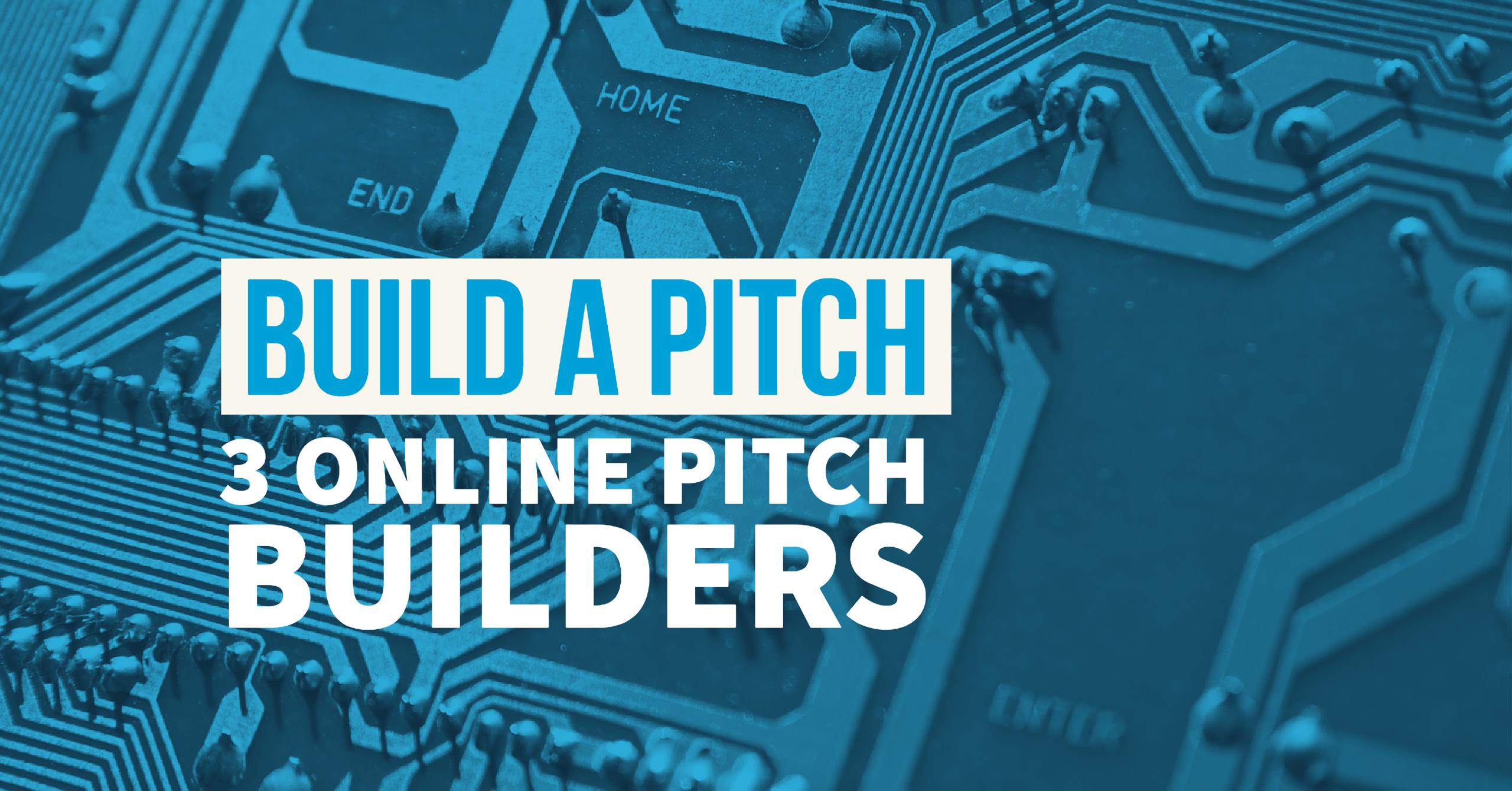
The search for the perfect elevator pitch is something that preoccupies entrepreneurs, students, job seekers and many others. There are probably a million articles online that talk about how to build a strong elevator pitch. With a push towards automation, I anticipated finding dozens of tools that could build the pitch for you and while there are numerous tools that help you to build an attractive slide deck, there are relatively few tools that help you to build a pitch from scratch, here are three.
Pitcherific https://pitcherific.com/
Pitcherific helps you to create different types of pitches depending on your membership. With the free account, you can work on your elevator pitch. Pitcherific starts by focusing you on four elements, the hook, the problem, the solution and the close. Its strength is in helping with the timing of your pitch, providing a framework you complete depending on your objectives and allowing you to practice your pitch with a teleprompter and choice of simulated audience.
The teleprompter function also allows you to test your speaking speed both with the pitch in front of you or with it hidden. It allows you change your potential audience so that you can better imagine how it will feel to deliver your message.
You can also record your pitch with Pitcherific, a great feature if you have to send your pitch to someone or if you want to see how you look in action. If you need help, then Pitcherific allows you to co-edit a pitch online.
From my perspective, an elevator pitch as a quality introduction (See, The Truth About Elevator Pitches), rather than the world’s fastest sales job, so the structure Pitcherific provides is limited. Fortunately, paid accounts can create custom templates and you can adjust timing to suit your needs.
Buzzuka http://www.buzzuka.com/
Buzzuka helps you to structure your elevator pitch based on a series of questions and then generates the pitch using your answers. Needless to say, that can make for some awkward pitches, but you can always edit them once you see how the structure was intended to work.
What I like about the Buzzuka process is that it makes you think about your objectives, your benefits and features and most importantly, your audience. Buzzuka also provides examples of pitches created by other users. What I like less is how much your final Buzzuka pitch sounds like a commercial. If you are pitching an idea in an environment that expects a fast sales job, then this tool is a great way to start, but if you are looking for an elevator pitch to use in most day-to-day environments, then this won’t quite hit the spot.
Pitch Builder https://pitch.fi/
Pitch Builder helps you to build a pitch deck that should take 24 seconds to deliver. It’s a free tool and helps you to build a persuasive message by focusing your attention on identifying the problem, the solution, the market, your plan and proposed deal. It also allows you to add information about yourself.
The challenge is in the number of questions asked and the way the questions are presented. If you actually follow along in most cases your pitch will use up more time then you should. In addition, the slide deck format implies more formality than you would typically have at a reception or in an elevator. The product is in the beta stages, so I expect to see new features or refinements with time.
All three of these online tools have elements that are helpful, with Pitcherific probably being the most useful at this stage, but if your pitch really matters, then nothing is as effective as you. You alone can read your audience in the moment when you are delivering. You alone can adjust and respond. Having a well-crafted pitch is the beginning of the process of engagement, not the objective. Your pitch is about being prepared and understanding your product, service or your own talents well enough to talk about them with ease.
Related Articles:


